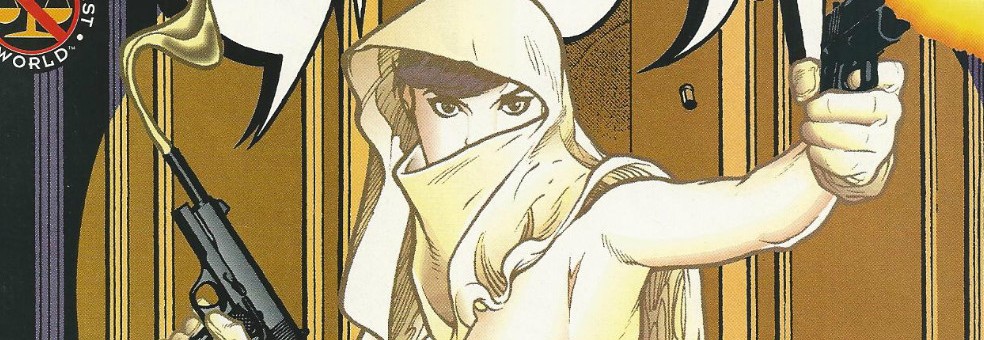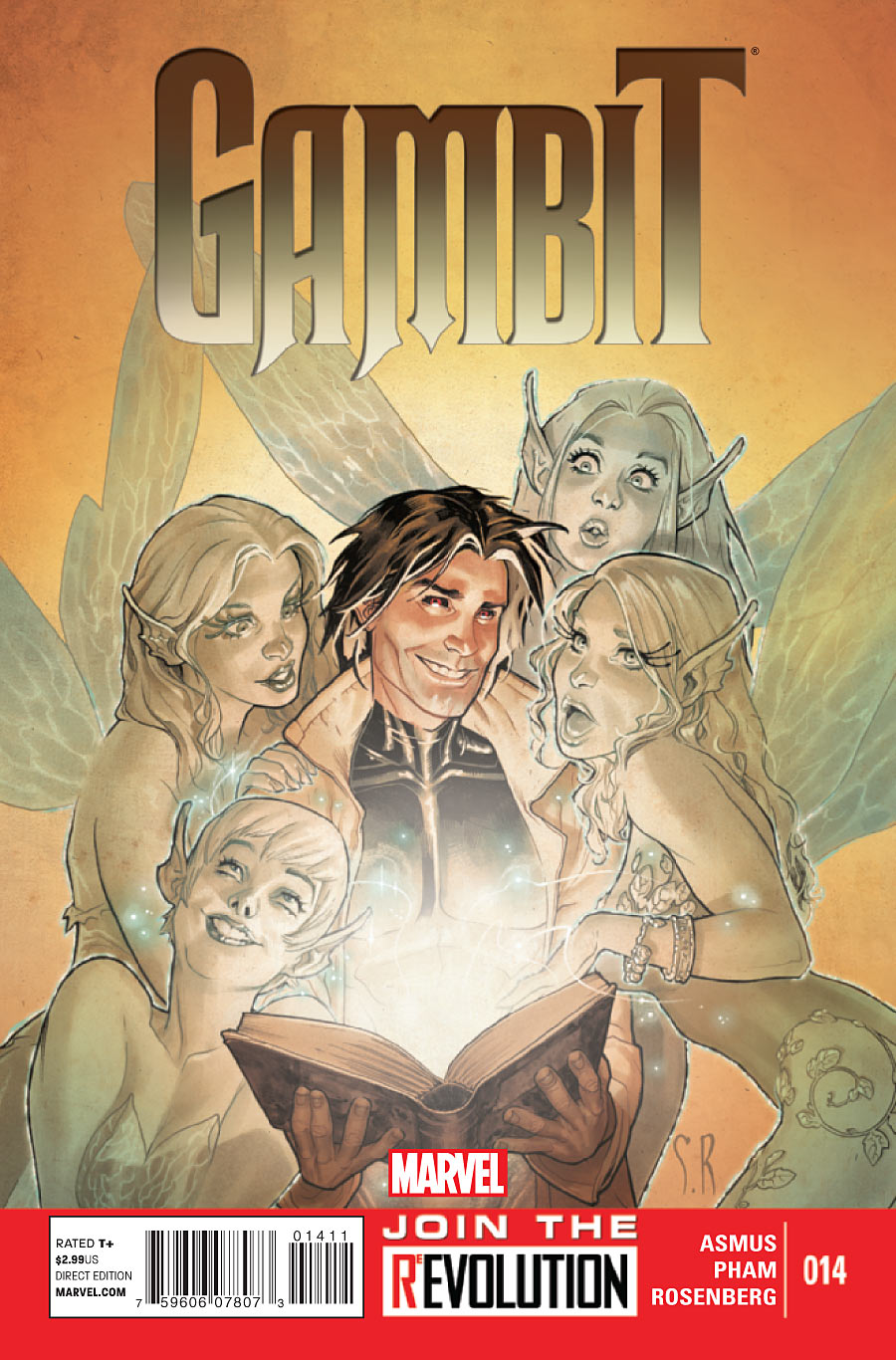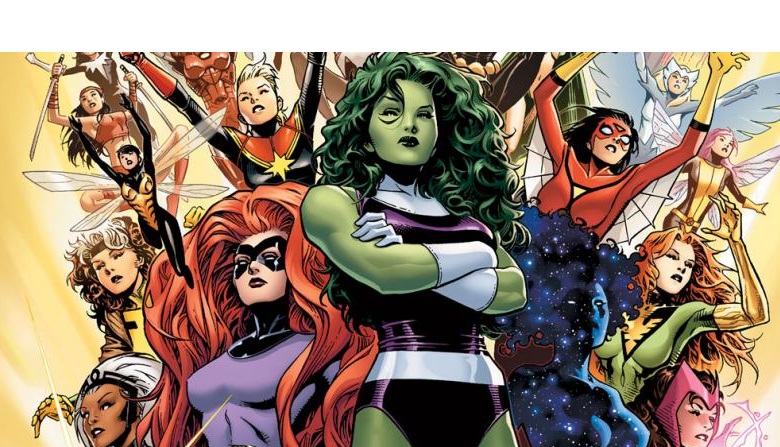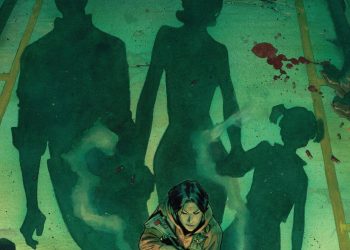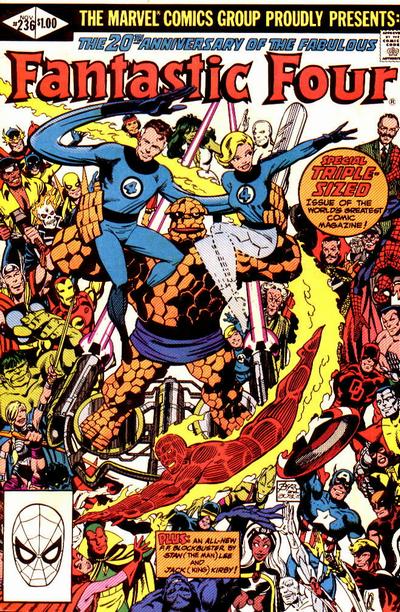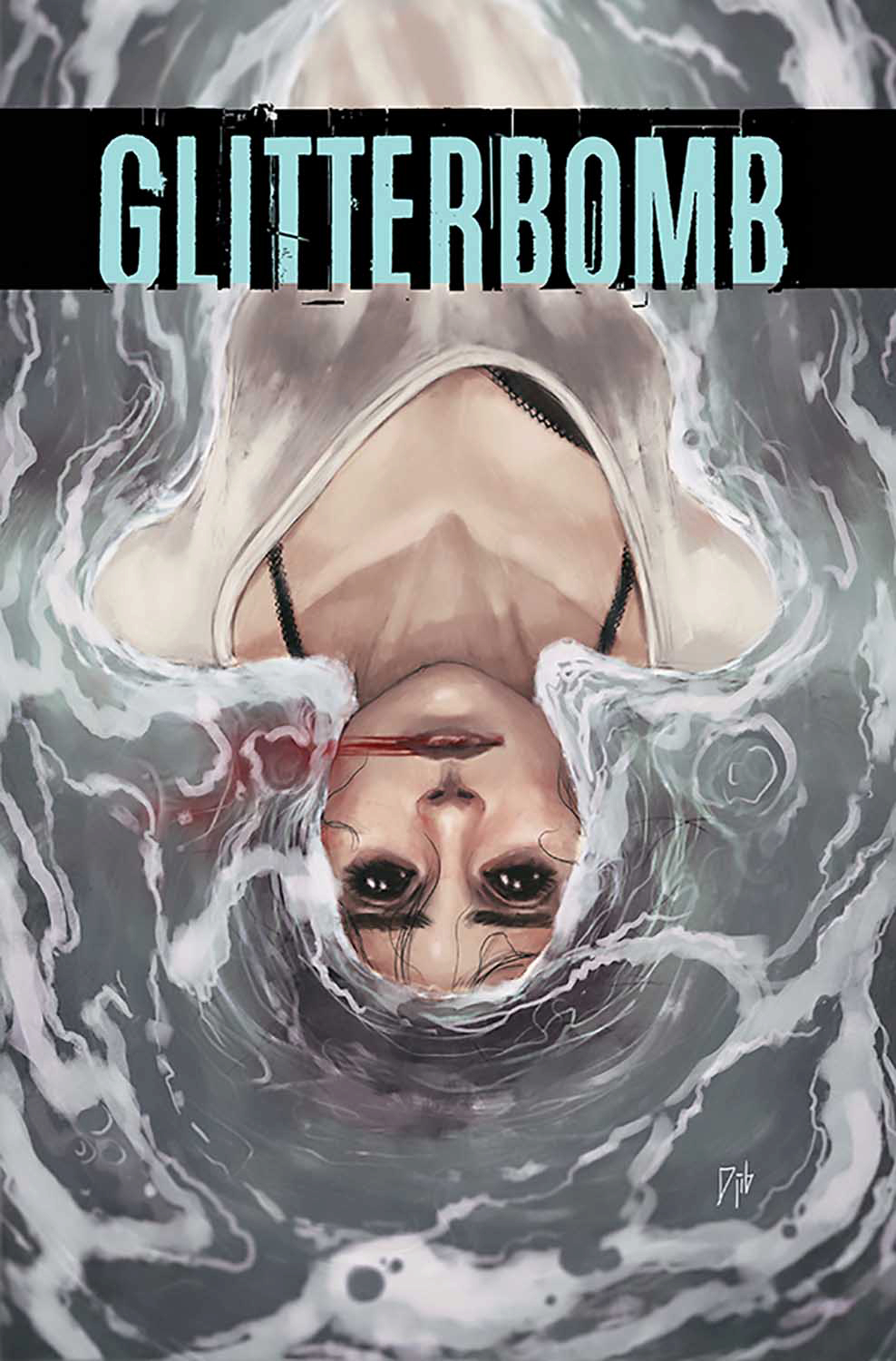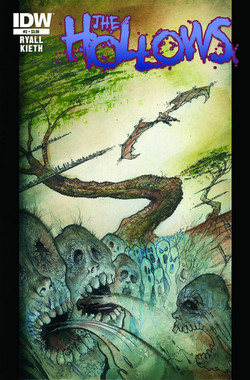
Hollows #2
Written by Chris Ryall
Art by Sam Kieth
Letters by Robbie Robbins
Review by Joey Braccino
I absolutely loved Hollows #1. Chris Ryall and Sam Kieth created a fascinating new world with a well-paced debut issue washed in some of the most gorgeous and resonant artwork I’ve seen in an ongoing comic series in a while. Enough goodness in that sentence for ya? I would have thought so, until I read Hollows #2, in which Ryall and Kieth continue building one heck of an original post-dystopic story.
For those that missed #1, a) get it and b) here’s a quick recap of the world of Hollows: Craig Marverk is a scientist with a hollow (get it?) life—his work-life, his family-life, his life-in-general atop the Aerie Tree that reaches high above the nuclear-fallout in post-Apocalyptic Tokyo—all of it just feels empty. Last issue, Craig flew down to the badlands to gather supplies for his family and meets a band of impoverished survivors. Issue #1 presented several metaphorical layers: issues of social equity, identity exploration and crisis, and, of course, morality in dystopia. Issue #2 adds more layers, this time mostly regarding science and technology, but Ryall and Kieth spend most of the issue exploring Craig’s crumbling life after his experiences with Lani and her pink creature-pet, Urp. Needless to say, the emptiness of his job and his home-life has been amplified. Craig constructs a weapon and flies down to battle the Hollows, a herd of soul-sucking (literally) zombie-esque creatures that roam the nuclear streets of nuclear Japan. Hilarity ensues.
Again, Ryall veils his social and emotional commentary in a simplistic, almost child-like narrative. It reads a lot like a children’s book, all the way down to Urp’s antics, but it can be read on the aforementioned metaphysical level easily. Ryall’s script excels when he’s adding to the fantasy, exploring the Hollows or the laws and limits of the fantastical world at large. Admittedly, the character-driven nature of this issue does slow down some of the fresh and exciting pulse from the debut issue, but Ryall’s shift in focus lends the book necessary internal conflict going into the remaining issues in the series.
While Ryall’s script shifts focus to a more meditative tone, Sam Kieth’s artwork is still visually stunning. Again mirroring that deceptively simple style of the narrative, Kieth’s subtle design work remind me of those crayon doodles we all used to make on the table-paper at Macaroni Grill, except of course much more refined, beautiful, and metaphorically heavy. Really, it’s super amazing, I can’t even describe it fairly. Look back at that cover art. Now imagine that in innovative and creative panel lay-outs and narrative sequences.
Verdict
Buy it. Buy it please. It’s creator-owned work that is legitimately fresh and exciting. In fact, Ryall and Kieth are writing a post-dystopia parable that operates on so many levels that Hollows may be one of the few books on the stands that warrants multiple readings.


